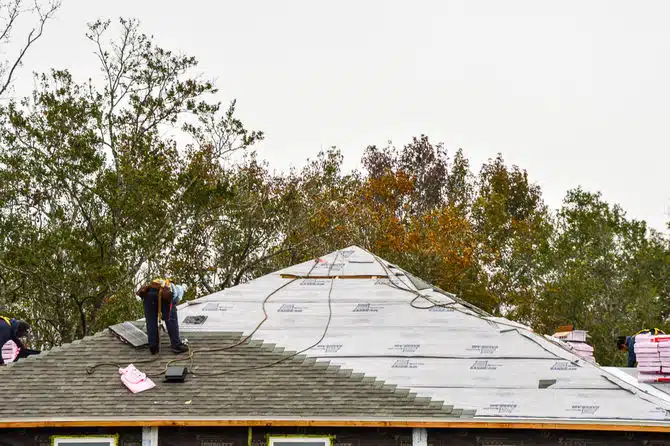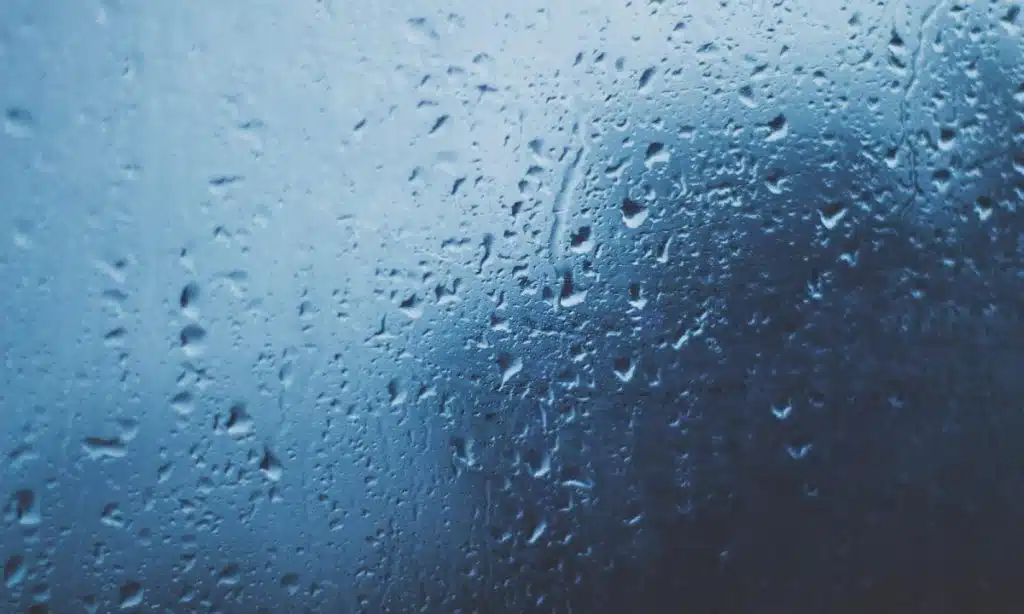When it comes to roofing, a large portion of homeowners isn’t aware of all the different factors that go into making a roof sturdy and safe from bad weather. For example, roof underlayment is something that many people would not know about if you asked them.
This should come as a surprise, considering underlayment linings are one of the main layers of protection your roof has against particularly bad weather like rain, snow, hail, and other potentially harmful forms of precipitation.
There are many types of roofing underlayment out there, but not all of them perform the same under stress. Different brands are made from different materials and have varying capabilities when it comes to roof protection. Some homeowners aren’t necessarily worried about providing their roof with the best roofing underlayment materials possible because they may not experience much rain, snow, or bad weather.
But, if you’re one of the many homeowners looking for the best roof underlayment possible, this article will tell you everything you need to know. Let’s go in-depth on this topic right now, so you can be fully informed when it comes to giving your roof maximum protection.
What Makes a Good Roof Underlayment?
For the uninformed, roofing underlayment is typically made from either synthetic fiber or felt. It is placed over the roof deck and acts as a waterproofing barrier, blocking any moisture from creeping into the under-layers of your roof and wreaking havoc. Not only this, but it adds a layer of cold protection to your roof as well. Underlayment is laid beneath every other roof covering, including your insulation.
Roof Underlayment Types
There are 3 main types of underlayment that homeowners can choose from when it comes to protecting their roof.
1. Asphalt-saturated Felt
This used to be the most popular choice for roof underlayment until it was replaced by synthetics. It’s usually known as tar paper or felt paper and it can be made from various mixtures of asphalt, polyester, cellulose, or bitumen.
All types of underlayment are made with a basemat, which acts as a flexible base layer. In felt paper, this basemat achieves water resistance with a saturation of asphalt.
2. Rubberized Asphalt
This tends to be the most expensive option for roof underlayment due to higher amounts of rubber polymers and asphalt. This mixture creates a 100% waterproof seal but comes with a steep cost in price.
3. Synthetic Underlayment
This is currently the most popular choice for roof underlayment, and with good reason. Made with an asphalt-saturated basemat and fortified with a mix of fiberglass, this product is not only extremely water-resistant, much stronger and more resistant to tears than other types of underlayment.
The highest quality versions of synthetic underlayment also feature anti-slip properties.
Barricade Offers the Best Synthetic Roof Underlayment
When it comes to synthetic roof underlayments, Barricade has the best options available, hands down. Their array of underlayments are suitable for 
The underlayments that Barricade offers are made with a cool gray surface — up to 30 degrees cooler than your typical black underlayments. They also feature UV protection that can last anywhere from 60 to 180 days, depending on which version you choose.
They come in 5 and 10 square rolls and provide 14% more coverage for each lap, thanks to their 48-inch width, which outperforms other synthetic brands by six full inches and felt brands by 12 inches. Barricade’s underlayments have a non-skid coating on both sides and tear resistance, which has proven superior to other brands.
Not only that, but the installation process for their underlayments is incredibly easy compared to others, lying flat with no wrinkles and featuring excellent water resistance. It’s also much stronger than felt underlayment, and installation can be completed much quicker thanks to the 48-inch width.
Bad Weather Can Wreak Havoc on Your Roof
That’s why your underlayment is of the utmost importance if you expect your roof to be tested by the elements. Whether you experience a lot of rain, snow, or intense heat, you need a brand of underlayment you can trust.
Felt is outdated, and rubber synthetics take longer to install, driving up the cost. Synthetic brands like Barricade UDLs are the perfect choice for those of you looking to get your installation done quickly, without sacrificing quality at all. The non-skid double-sided coating on all of their underlayments also means you and/or your roofers won’t have to worry about putting your lives on the line during installation.
When it comes to the best synthetic underlayment for your roof, Barricade offers a variety of options that simply outperform every other synthetic on the market today.


